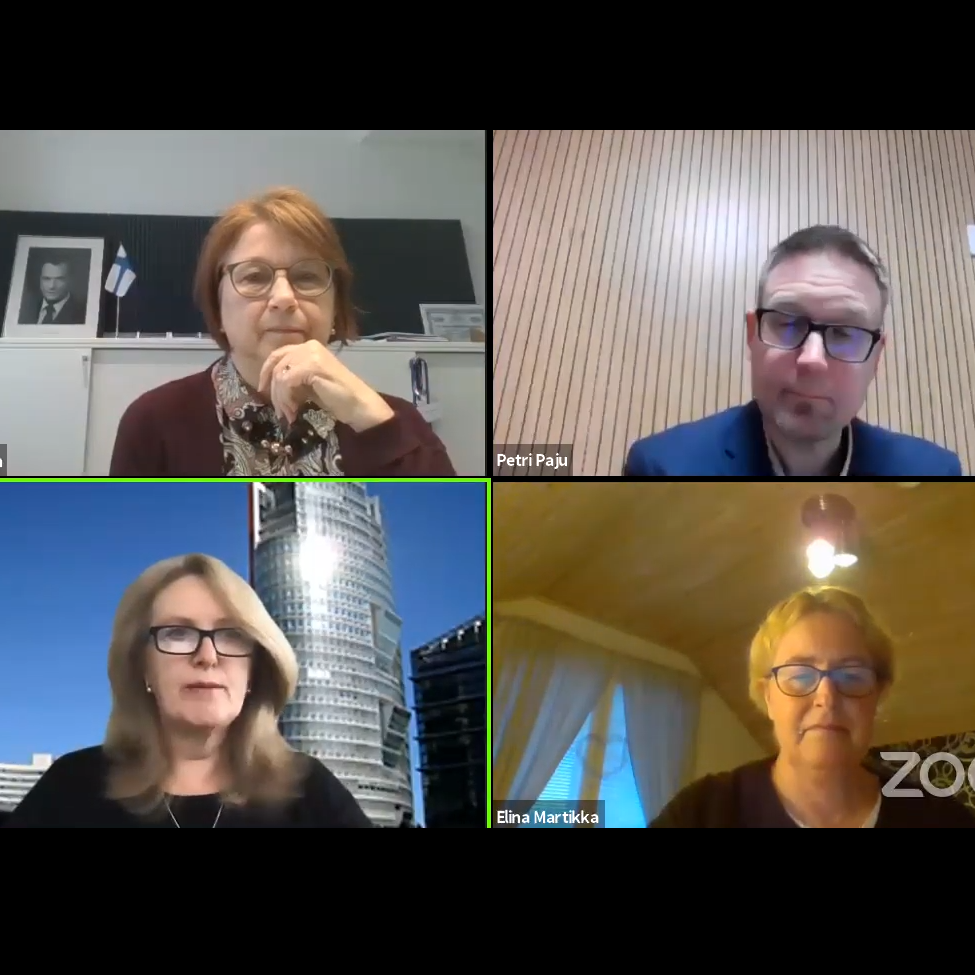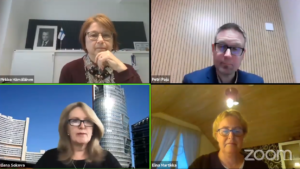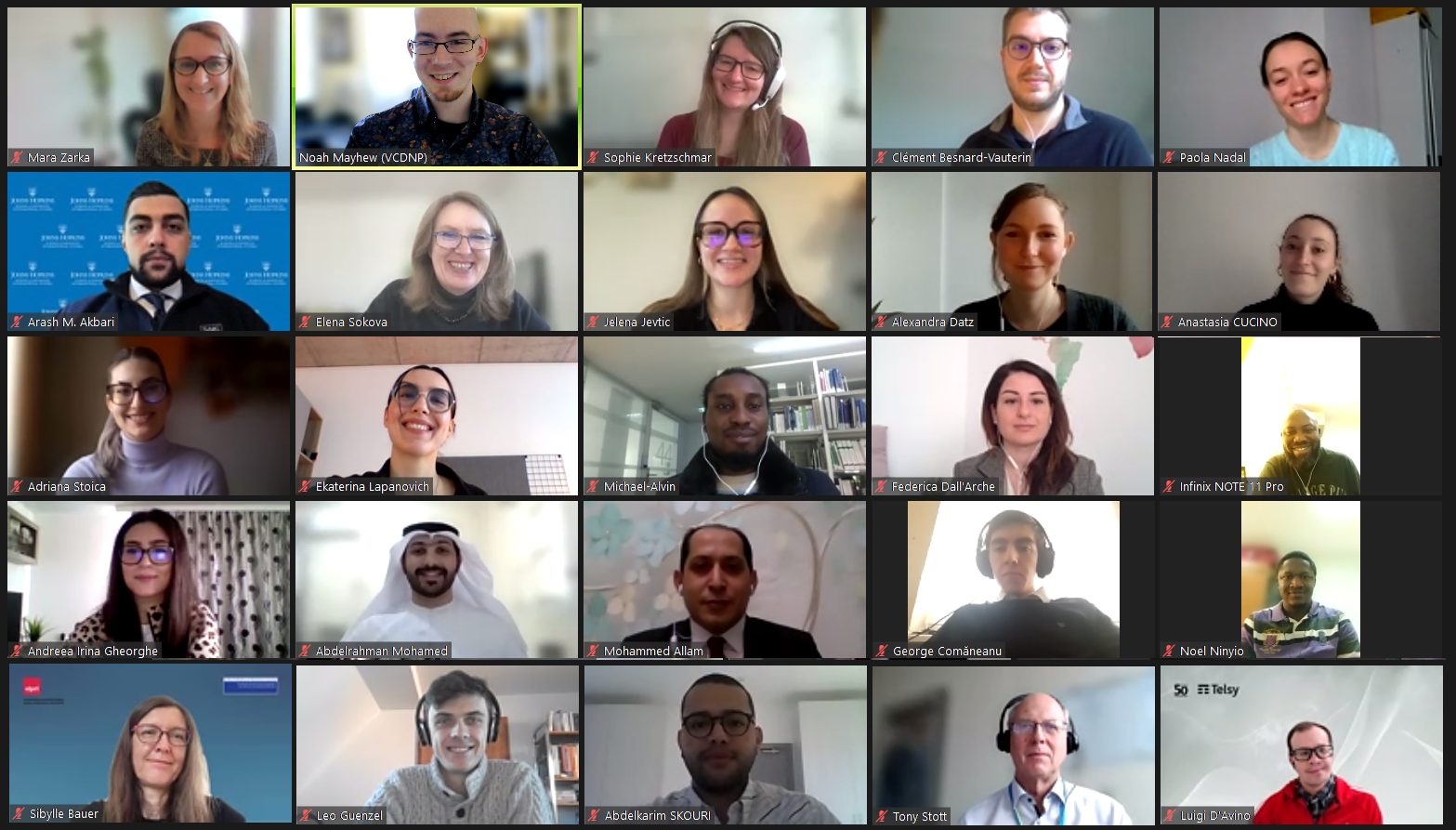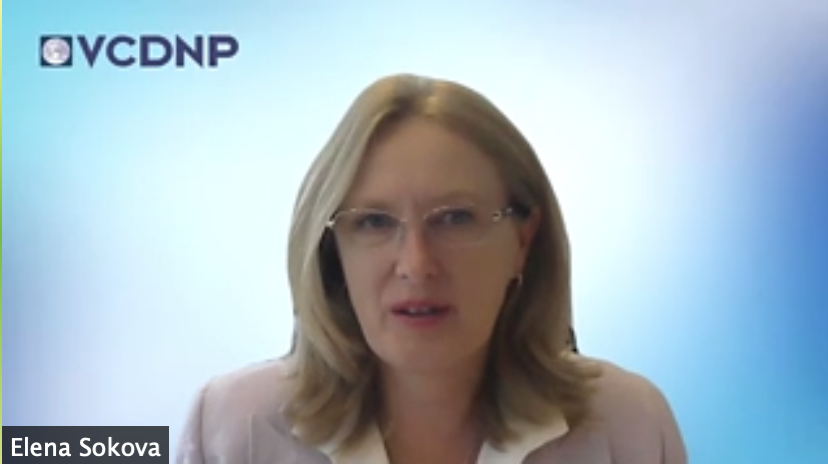
Most often, discourse about nuclear non-proliferation centers around the countries that have nuclear weapons, chiefly the United States and the Soviet Union (now the Russian Federation), as well as countries that represent a proliferation risk. But what motivates other countries to join the Treaty on the Non-Proliferation of Nuclear Weapons (NPT) and work towards its fullest implementation?

On 17 November 2020, the VCDNP hosted a webinar in cooperation with the Radiation and Nuclear Safety Authority of Finland (STUK) on Finland’s motivations in joining the global non-proliferation regime and its 50-year history in the NPT’s implementation.
Dr. Petri Paju, a Senior Research Fellow and Adjunct Professor at the University of Turku, presented his new report that details the origins of Finland’s nuclear energy program, cooperation with the International Atomic Energy Agency (IAEA) and its implementation of the NPT. Ambassador Pirkko Hämäläinen of Finland and Ms. Elina Martikka of STUK joined for opening remarks.
Dr. Paju began by noting that Finland, as a geopolitically neutral country, forswore nuclear weapons already in 1947, choosing instead to focus on maintaining balance between the Eastern and Western blocs through the coldest eras of the Cold War. This was especially important for Finland given its geographical location, as well as the unique design of the Loviisa nuclear power plant which was commissioned partly from the Eastern Bloc (the reactor) and partly from the West (the safety systems).
In the NPT context Finland acted as a “midwife,” observed Dr. Paju, leading a group of countries sponsoring the Treaty in the UN. Its championing of the NPT and ambitions in the nuclear energy sector led Finland to become a strong voice in IAEA safeguards, as well. Finland was the first country to conclude a comprehensive safeguards agreement (CSA) with the IAEA and later served as a test case for rehearsal negotiations for CSAs with other countries.
Moving into the 1990s, Dr. Paju said that Finland played as active a role as it could in helping to establish State systems of accounting for and control of nuclear material, or SSACs, in former-Soviet countries and moved in solidarity with European partners to promote non-proliferation policies globally.
In closing, Dr. Paju said that, during the Cold War, Finland “tried to be a doctor, not a judge.” In the new realities of the post-Cold War order, Finland tries to be “more an engineer than a politician,” in keeping with its neutral status.
The full report and a recording of the webinar is available below.


